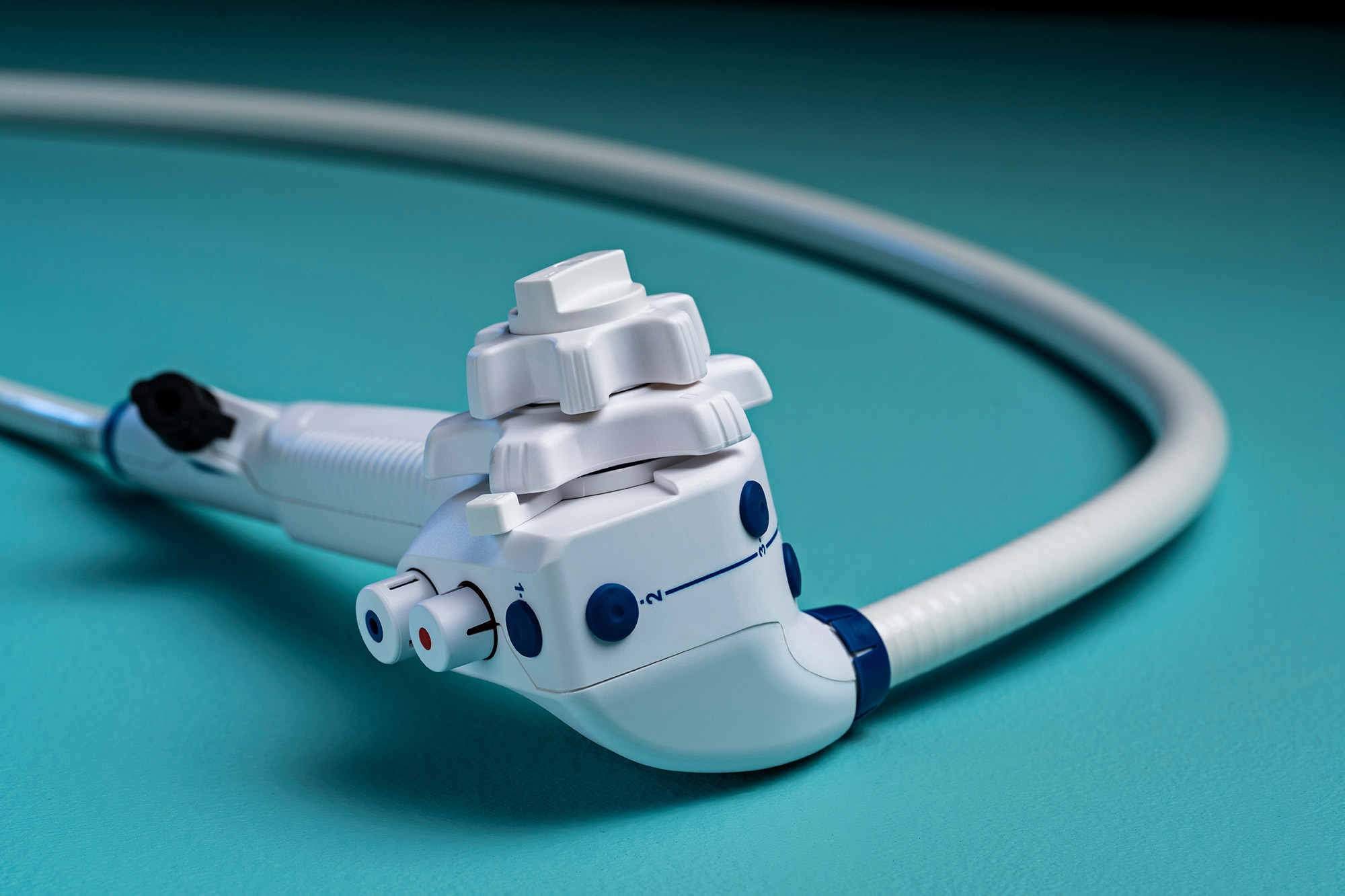
Artificial intelligence, supply chain, robotics and the role of clinical feedback in advancing innovation are expected to drive pulmonology conversations in 2023.
The field of interventional pulmonology will continue to expand in both diagnostic and therapeutic areas, experts say.
This after a year in which physicians increasingly found bronchoscopy applications helpful in definitively diagnosing a variety of pulmonary diseases and fungal infections, even as COVID-19 continued to infect patients and complicate treatment.
“Now that the pandemic has passed its peak, pneumonia research is revisiting earlier concerns — assessment of new pathogens and antibiotic resistance — as well as addressing issues brought to light by the COVID-19 pandemic,” writes Dr. Marcos I. Restrepo, in “New Pathogens, COVID-19, and Antibiotic Resistance in the Field of Pneumonia,” published in Pulmonology Data Trends 2022.
Novel Digitization Concepts and Reprocessing Updates
Long before the global pandemic, researchers had been battling rising antimicrobial-resistant strains causing pneumonia and high mortality in patients with comorbidities. Then SARS-CoV-2, the virus that causes COVID-19, took over as the leading pathogen causing pneumonia.
The future role of technology in respiratory medicine depends on interactions among clinicians, between clinician and patient and between patient and health technology, according to a recent literature review.
“Given the scarcity of resources for managing chronic lung diseases, it is particularly important to consider the potential added value of novel digitization concepts in respiratory medicine,” wrote Dr. Persijn Honkoop and others in their Pulmonary Therapy literature review. “The relative ubiquity of mobile Internet- and Bluetooth-connected devices makes real-time monitoring of pulmonary diseases extremely feasible in everyday life.”
Endoscope cleaning is expected to again grab the spotlight in 2023, since both ANSI/AAMI and AORN issued new guidelines for flexible endoscope safety last year. Staffing shortages and reimbursement formulas also will drive conversations in the coming year.
A trend seen during the pandemic to address staffing challenges will continue, as hospitals work to lure back retired workers, often for frontline jobs. Reimbursement models are shifting and will get increasingly difficult for hospitals to manage as insurance providers revisit policies due to COVID-19, telehealth, new government regulations and other factors.
One of the changes expected to have the greatest impact is slated to take effect Jan. 1, 2023, when physicians and surgeons will see an 8.5 percent cut to Medicare reimbursements.
The Expanding Single-Use Endoscopy Market
By 2024, the market for single-use endoscopes — used once and discarded, with no need for costly capital or reprocessing investments — is poised to grow to $2.5 billion.
Regulatory support has added to the forces driving single-use endoscopy in pulmonology and other clinical areas. Additional factors driving the transition to single-use include workflow and flexibility, economics, and technology innovation.
In late 2022, Ambu A/S expanded its endoscopy portfolio and entered a new clinical area with a bronchoscope specifically designed for the bronchoscopy suite — the Ambu® aScope™ 5 Broncho HD System, which enables advanced bronchoscopists to do procedures never before possible with a single-use platform.
Looking Into the Future
The Medical Futurist, a publication that studies digital health technologies, predicts that researchers will harness the power of artificial intelligence and create diagnostic algorithms that could transform the ability of non-specialist healthcare professionals to make accurate diagnoses.
For instance, machine learning could be used for the analysis of breath sounds obtained from electronic stethoscopes, or even from smartphones, for the detection of wheezes and crackles, for interpretation of pulmonary function test (PFT) scores, or for the analysis of bronchoscopy images, as well as X-rays and CT scans, the authors wrote in their most recent forecast on the topic.


